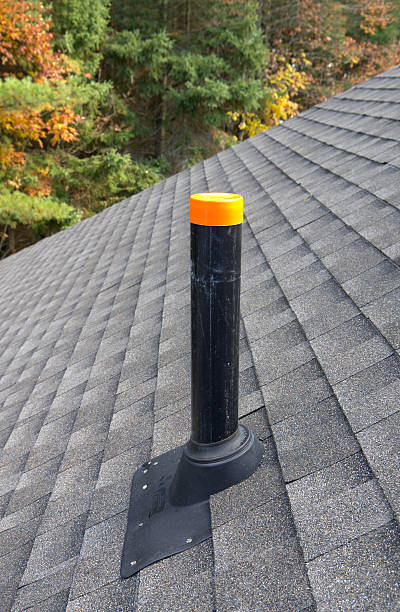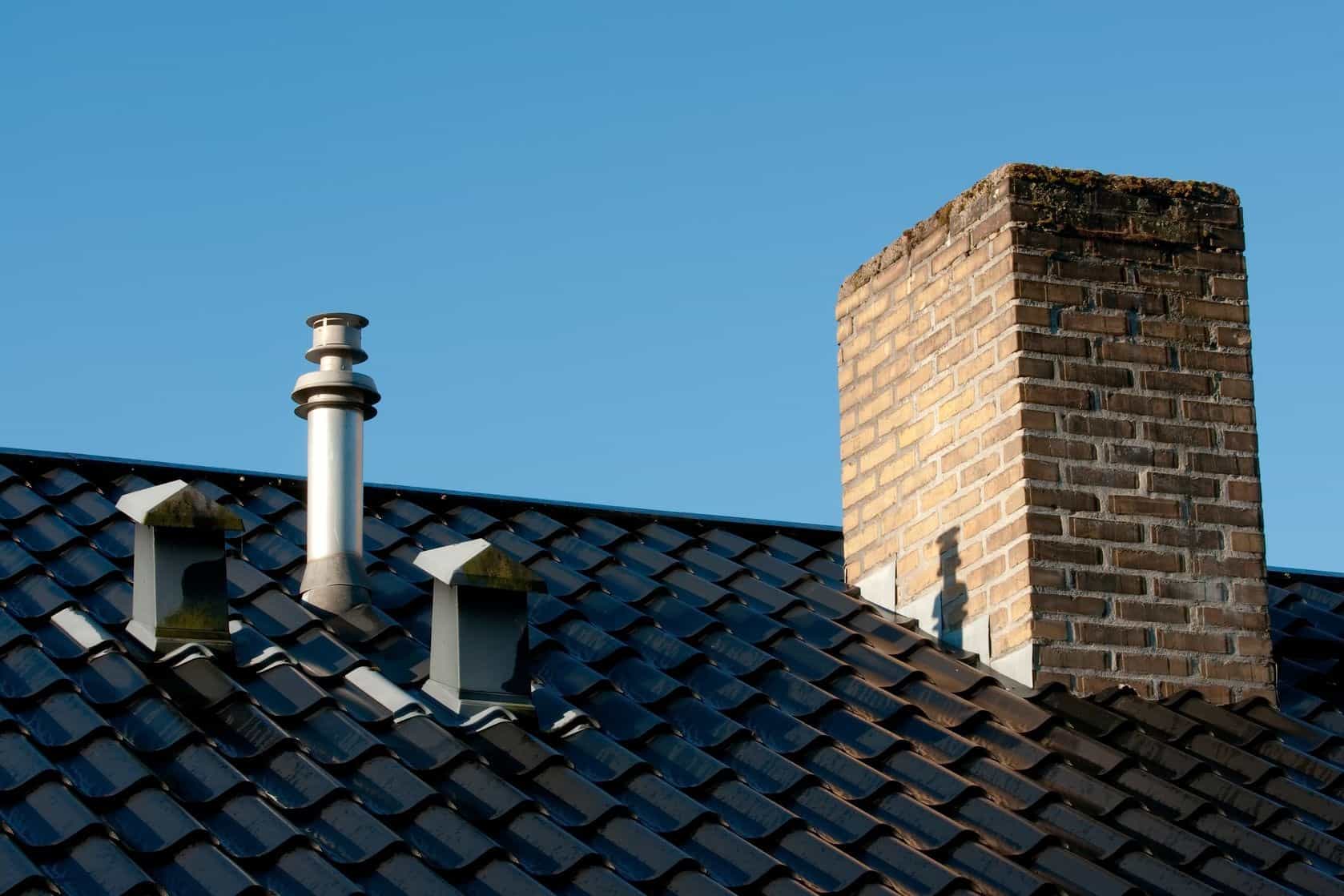The Role of Adequate Ventilation in Maintaining Plumbing Systems
The Role of Adequate Ventilation in Maintaining Plumbing Systems
Blog Article
The article underneath in relation to What Is A Plumbing Vent & How Do They Work? is exceptionally stimulating. Read it yourself and decide what you think of it.

Appropriate ventilation in plumbing systems is frequently overlooked, yet it is vital for maintaining the performance and safety of your home's plumbing. Air flow aids regulate atmospheric pressure, protect against the buildup of damaging gases, and make sure the reliable elimination of waste. In this guide, we will explore the importance of appropriate plumbing ventilation, exactly how it works, and the benefits it gives your plumbing system.
Exactly How Ventilation Works in Plumbing Systems
Atmospheric Pressure Law
Correct air flow keeps well balanced air pressure within the plumbing system. When water flows via pipelines, it displaces air. Without ample air flow, this displacement can create adverse stress, bring about slow down drains or siphoning of water from traps, which can cause undesirable smells to seep right into the home.
Protecting Against Drain Gas Buildup
Among the most crucial features of plumbing vents is to stop sewer gases, such as methane and hydrogen sulfide, from gathering within the home. These gases can position significant health and wellness threats and are highly combustible. Vent pipelines enable these gases to run away safely outside.
Aiding in Waste Elimination
Ventilation helps in the reliable elimination of wastewater by avoiding airlocks in the drain system. When air can move freely through the vents, it enables water and waste to stream efficiently via the pipelines, reducing the risk of blockages and backups.
Benefits of Appropriate Air Flow
Improved System Effectiveness
Effectively aerated pipes systems run a lot more effectively, with fewer blockages, faster draining, and less strain on the pipes. This efficiency extends the life-span of the pipes system.
Improved Air High Quality
By stopping drain gases from entering your home, proper ventilation adds to much better interior air high quality, making your living environment healthier and more comfy.
Preventing Water Damages
Sufficient air flow helps protect against water from being siphoned out of traps, which can bring about drain gases getting in the home and triggering water damages over time.
Steps to Make Certain Proper Air Flow
Consulting Pipes Codes
Always seek advice from neighborhood plumbing codes when developing or changing your pipes system. These codes offer the needed standards for proper venting and ensure your system fulfills safety and security standards.
Routine Assessment and Upkeep
Normal inspections can help identify prospective ventilation problems before they end up being significant issues. Maintenance tasks, such as cleaning vent pipes and checking for obstructions, are vital for maintaining the system in good working order.
Expert Setup
For new installations or major alterations, it's important to employ an expert plumbing technician. They have the know-how to make sure the ventilation system is appropriately created and installed according to code.
Recognizing Air Flow in Plumbing
Air flow in plumbing describes the network of pipes that permit air to flow via the drainage system. These vents offer multiple objectives, including managing air pressure within the pipelines, preventing drain gases from getting in the home, and aiding in the smooth circulation of wastewater.
Sorts Of Plumbing Vents
Main Heap Vent
The main stack vent, additionally known as the vent stack, is the main air vent in a pipes system. It extends from the primary drainpipe align with the roof, permitting gases to leave and fresh air to get in the system.
Branch Vent
Branch vents attach to the primary pile air vent and serve private fixtures, such as sinks, toilets, and showers. These vents guarantee that each fixture has ample air flow to work correctly.
Air Admission Shutoff (AAV).
An Air Admittance Shutoff (AAV) is a one-way valve that permits air to go into the plumbing system without the demand for a standard vent pipe extending via the roofing. AAVs are frequently used in remodellings or locations where setting up a conventional vent is not practical.
Indications of Poor Air Flow in Pipes.
Slow Draining Fixtures.
If your sinks, tubs, or bathrooms are draining gradually, it could be an indication of poor air flow. Inadequate air flow can develop a vacuum result, making it challenging for water to drain pipes properly.
Gurgling Seems.
Gurgling audios coming from drains are usually a result of air being sucked via water catches as a result of negative pressure in the pipes. This is a clear sign of not enough air flow.
Undesirable Smells.
Drain smells inside your home are a warning that your plumbing system is not appropriately aerated. This can imply that drain gases are not being appropriately aired vent outside, leading to potentially hazardous problems.
Usual Air Flow Blunders.
Poor Vent Sizing.
Utilizing small vent pipes can lead to inadequate air circulation and stress discrepancies in the system. It's important to use vents that meet the details demands of your plumbing system.
Improper Vent Placement.
Positioning vents as well far from the components they serve can lower their performance. Proper positioning makes sure that air can flow openly and efficiently via the system.
Ignoring Code Needs.
Building regulations offer details guidelines for pipes ventilation. Disregarding these codes can cause a system that falls short to operate appropriately and may lead to costly repair services or health hazards.
Conclusion.
Correct ventilation is an essential component of any type of pipes system, ensuring that it functions effectively and safely. By comprehending the relevance of air flow, identifying the signs of poor ventilation, and taking steps to maintain your system, you can avoid costly issues and safeguard your home's air quality.
4 Things You Should Know About Your Plumbing Vents
What Plumbing Vents Are
Also called a vent stack, a plumbing vent is a vertical pipe attached to your drain line that runs through your roof. The plumbing vent pipe, or plumbing air vent, removes gas and odors from your plumbing system and allows fresh air to enter the pipes, helping the water to flow out of the drain pipes.
What Plumbing Vents Do
Plumbing vents have two basic functions. One of which is to allow unpleasant smelling wastewater and sewer gasses to escape your plumbing system instead of entering your home. Plumbing vent pipes are typically located on roofs, away from windows, to ensure the fumes exit the home completely.
The other function of the plumbing vent is to move fresh air into your plumbing system. This helps move water through every plumbing fixture in your house, like toilets and sink drains. Think of the way in which you need to let a little air into the bottle as you pour soda in order to make the drink flow smoothly.
Different Types of Plumbing Vents
True vent: This is the most common vent option. In simplest terms, a true vent is a vertical pipe attached to your drain line that exits through the roof. They often function as the main vent that other fixtures can connect to. Re-vent pipe or auxiliary vent: Attached to the drain line near specific plumbing fixtures, re-vent pipes run up and over to connect to the main vent. Common vent: Two plumbing fixtures installed on opposite sides of a wall are typically tied into the vent stack using something known as a sanitary cross. Wet vent: This venting option operates as a drain pipe and a vent at the same time. Wet vent drainage systems drain water from one fixture while venting the air from another. Although they’ve been used for over 100 years, wet vent systems have only recently been added to the plumbing code in many areas. If you’re planning on installing one in a bathroom remodel, make sure you check your local code prior to construction. Loop vent: For free-standing fixtures like kitchen island sinks, loop vents are ideal. These vent pipes run under the floor, rise from the P-trap, and create a loop inside the cabinet sink. Air admittance valve: An AAV is a one-way mechanical valve typically installed at the site of the plumbing fixture. AAVs allow venting to occur without having to tie into a larger venting system. They’re ideal for venting fixtures where you aren’t able to easily connect to an existing vent system. Common Plumbing Vent Issues
Although vent pipes typically don’t have water flowing through them, they’re still subject to many typical plumbing issues. For example, clogs are one of the most common problems associated with sewer vent pipes. If your vent pipe gets clogged, all of your plumbing fixtures tied into the vent stack will be affected.
A sink with a slow drain that bubbles and gurgles or a strong sewage smell around your toilet are both indicators that your toilet vent pipe is clogged. Because most vent pipes exit through the roof, old leaves, twigs or even a bird’s nest could be clogging the pipe.
Clogs in your vent pipe system cause a buildup of negative pressure, meaning that water won’t be able to flow out of your home very well. It’s similar to putting your finger over the opening of a straw to trap water inside. When you remove your finger, the water is able to flow out of the straw.
If you suspect you have any blockage in your vent, make sure you have a professional come examine the situation. Left unchecked, a blocked air vent can lead to other costly repairs, like leaks and sediment buildup.
Under Pressure
Pipe vents are essential aspects of a home’s plumbing system. Owning a home means learning about all sorts of things you never put much thought into before. But by understanding as much as you can about the important systems of your home, you can keep those budgets intact and those anxiety levels low.
https://www.homeserve.com/en-us/blog/home-improvement/plumbing-vents/

I'm just very interested by Essential Plumbing Vent Pipes: Understanding Their Role and I am praying you liked the entire entry. Enjoyed reading our post? Please share it. Let someone else check it out. Thanks for going through it.
Click Here Report this page